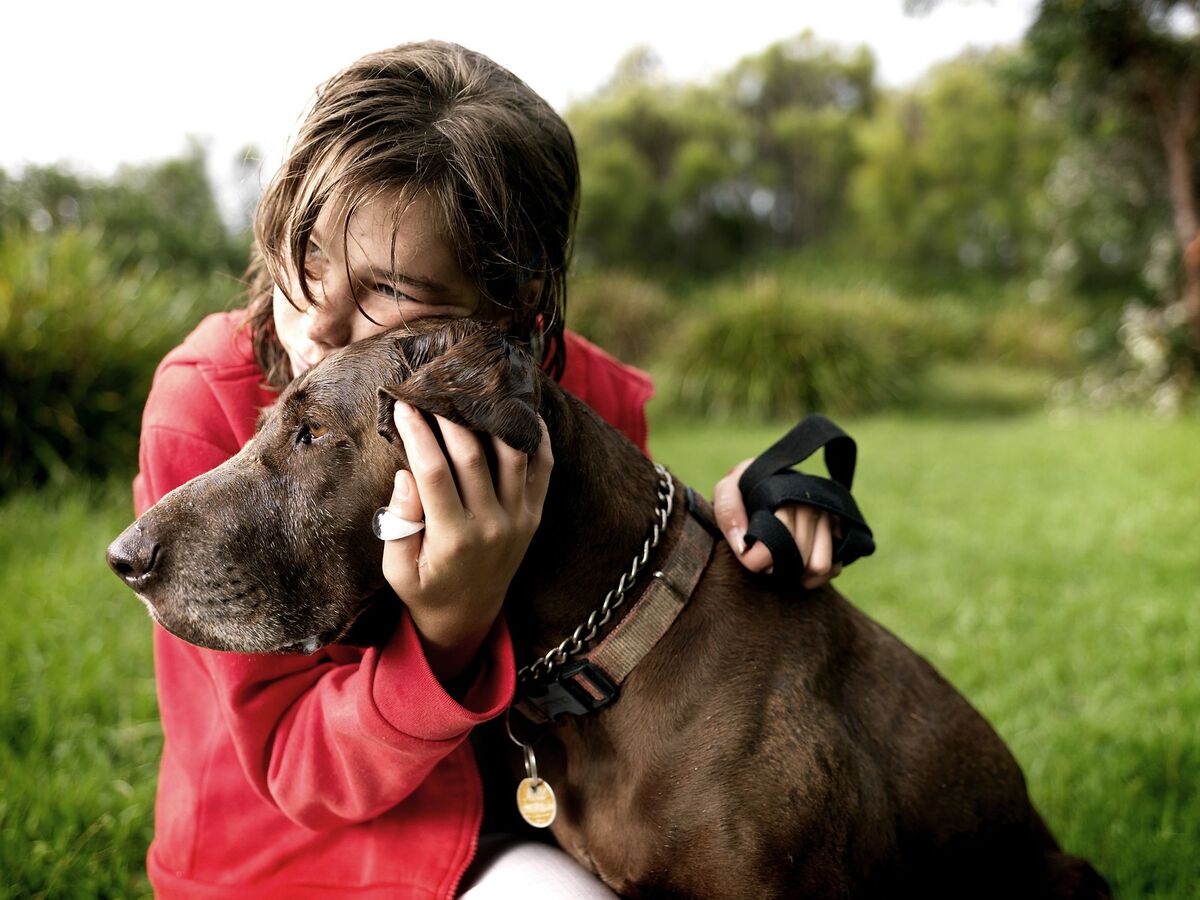Home>Health & Wellness>End-of-Life Care>Euthanasia Guidance>Putting a Dog to Sleep: Navigating the Heartbreaking Decision


Euthanasia Guidance
Putting a Dog to Sleep: Navigating the Heartbreaking Decision
Published: November 23, 2023
Making the difficult decision to put your beloved dog down can be one of the hardest decisions you’ll ever make as a pet owner. Here are some tips and advice on how to navigate this heartbreaking situation.
(Many of the links in this article redirect to a specific reviewed product. Your purchase of these products through affiliate links helps to generate commission for Pawsomeoldies.com, at no extra cost. Learn more)
When is the Right Time to Euthanize Your Dog?
Deciding when to euthanize a beloved dog is one of the most heart-wrenching decisions a pet owner can face. It’s a question of balancing quality of life with the natural desire to keep our furry companions with us for as long as possible. Euthanizing a dog should always be considered when their suffering outweighs their enjoyment of life.
Read more: How To Put Weight On A Dog With Allergies
Understanding Quality of Life
- Physical Health: Consider if your dog is experiencing chronic pain, severe illness, or inability to perform basic functions.
- Mental Well-being: Observe changes in their behavior, such as constant discomfort, anxiety, or lack of interest in life.
The Role of Veterinary Advice
- Professional Assessment: A veterinarian can provide a medical perspective on your dog’s condition and potential for recovery.
- Compassionate Guidance: Vets can also offer advice on managing your dog’s pain and quality of life.
Emotional Considerations for the Owner
- Personal Attachment: Acknowledge the emotional difficulty of the decision and the bond you share with your dog.
- Guilt and Grief: Understand that feelings of guilt and grief are normal but shouldn’t overshadow the well-being of your pet.
Signs It Might Be Time
- Chronic Pain: Persistent pain that cannot be effectively managed might be a sign.
- Loss of Appetite: A significant decrease in eating can indicate a decline in quality of life.
Read more: How To Put Your Fat Dog On A Diet
The Euthanasia Process
- Understanding the Procedure: Know what the euthanasia process involves to prepare yourself emotionally.
- Options for Euthanasia: Discuss with your vet the options, including doing it at home or in a clinic.
Preparing for the Final Day
- Making Memories: Spend quality time with your dog, creating lasting memories.
- Saying Goodbye: Allow yourself and your family to say goodbye in a way that feels right for you.
Aftercare for Your Dog
- Decisions on Aftercare: Consider your options for your dog’s body, whether it’s burial, cremation, or other methods.
- Memorializing Your Pet: Find a way to honor your pet’s memory that brings you comfort.
Coping with Grief
- Allow Yourself to Grieve: Understand that grieving is a process and takes time.
- Seek Support: Don’t hesitate to seek support from friends, family, or support groups.
Supporting Other Pets in the Household
- Understanding Their Grief: Recognize that other pets may grieve and show behavioral changes.
- Providing Extra Care: Give them extra attention and maintain their routine as much as possible.
Reflecting on the Joyful Times
- Cherishing the Good Memories: Focus on the happy times you shared with your dog.
- Celebrating Their Life: Remember the joy and love your dog brought into your life.
Making the Decision with Love and Compassion
Making the decision to euthanize a dog is never easy, but it’s a decision that should be made with love and compassion. It’s about putting the needs and well-being of your beloved pet first, ensuring their final days are as comfortable and peaceful as possible.













